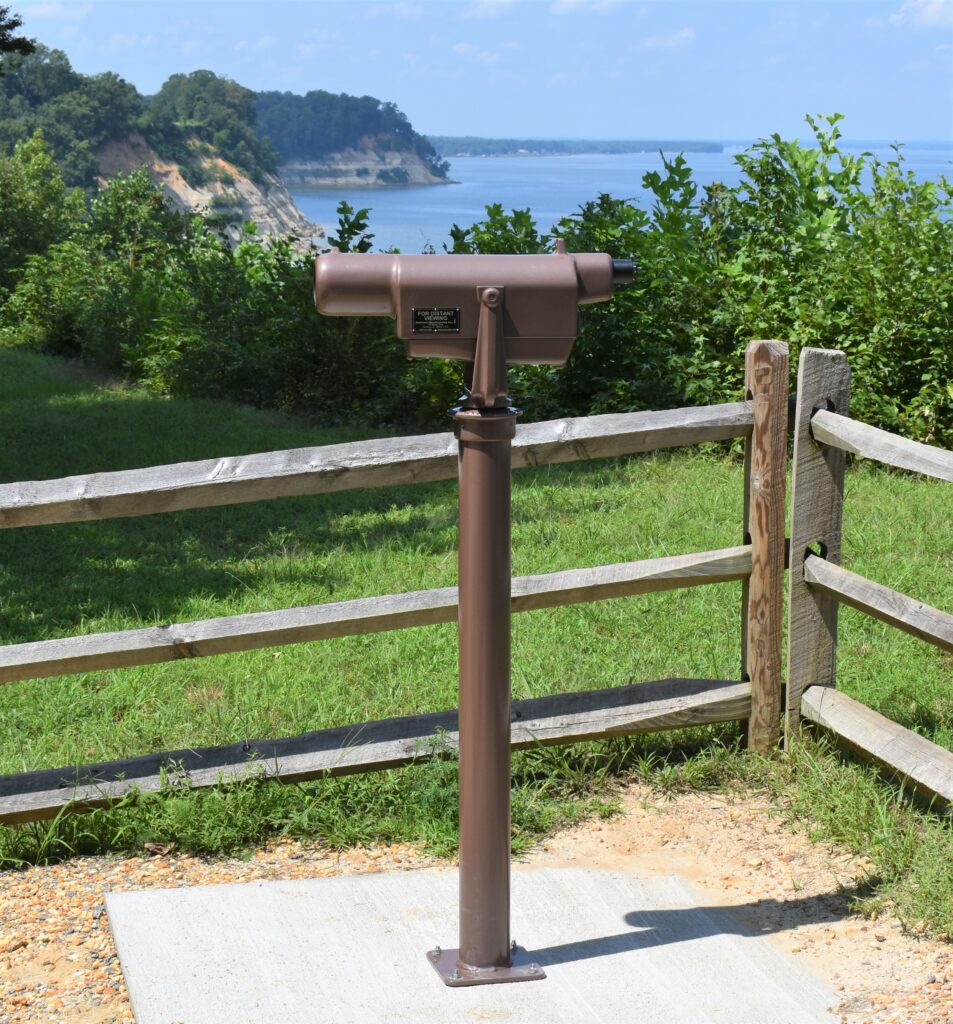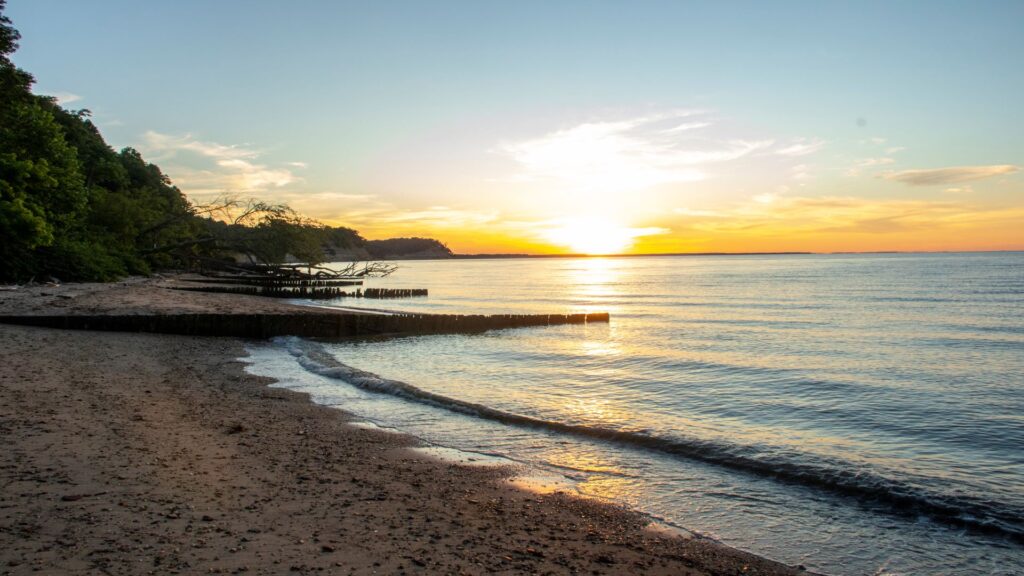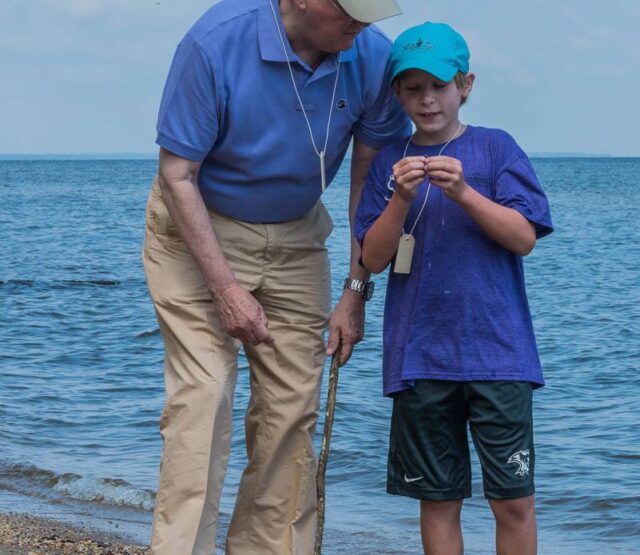Stratford Cliffs Overlook &
Potomac River Beachfront



About The Stratford Cliffs
A Geological Phenomenon
When Thomas Lee purchased “The Cliffs” property in 1717, he did not know that he had acquired a geological phenomenon that existed in only three other places in the world. The Cliffs, part of the Calvert formation, are composed of compacted sea matter dating from the Miocene Epoch – approximately 17 to 10 million years ago – when rising land replaced the ocean that once covered Stratford Hall.
Stunning Views & Playful Wildlife
Stop by the Overlook and be on the lookout for wildlife through the viewing telescope provided by the Virginia Department of Wildlife Resources. River otters and dolphins have been spotted enjoying the river.
From the Overlook, on a clear day you can view 30 miles of the historic Potomac River, including Colonial Beach and St. Clement Island, where the first Marylanders settled in 1634.
The Potomac River: A Hub of Commerce
The Potomac River became part of Maryland with King Charles I of England’s land grant in 1632. Rockfish, Menhaden, crabs, and oysters are still being harvested commercially and for recreation.
Home to Rare, Miocene-era Fossils
The 150-foot-high Cliffs along the Potomac River are world-renowned Miocene fossil deposits and one of only four places around the world where these fossils are found. Take a stroll along the beach, search for sharks’ teeth, stingray plates, whale bones, and enjoy the serenity of the waters’ edge.
Significant fossil finds include:
- In 1998, a 13-foot Miocene crocodile was discovered and was the most complete specimen ever found (currently housed at the Virginia Museum of Natural History in Martinsville, VA
- In 2013, a 6-foot Baleen Whale skull, the largest example, was discovered in the Cliffs
- 45 specimens of 1.6 million years old imprints found representing mammals, birds, amphibians, lizards of the middle Pleistocene, found within the Bacon’s Castle formation within the Stratford Cliffs.

